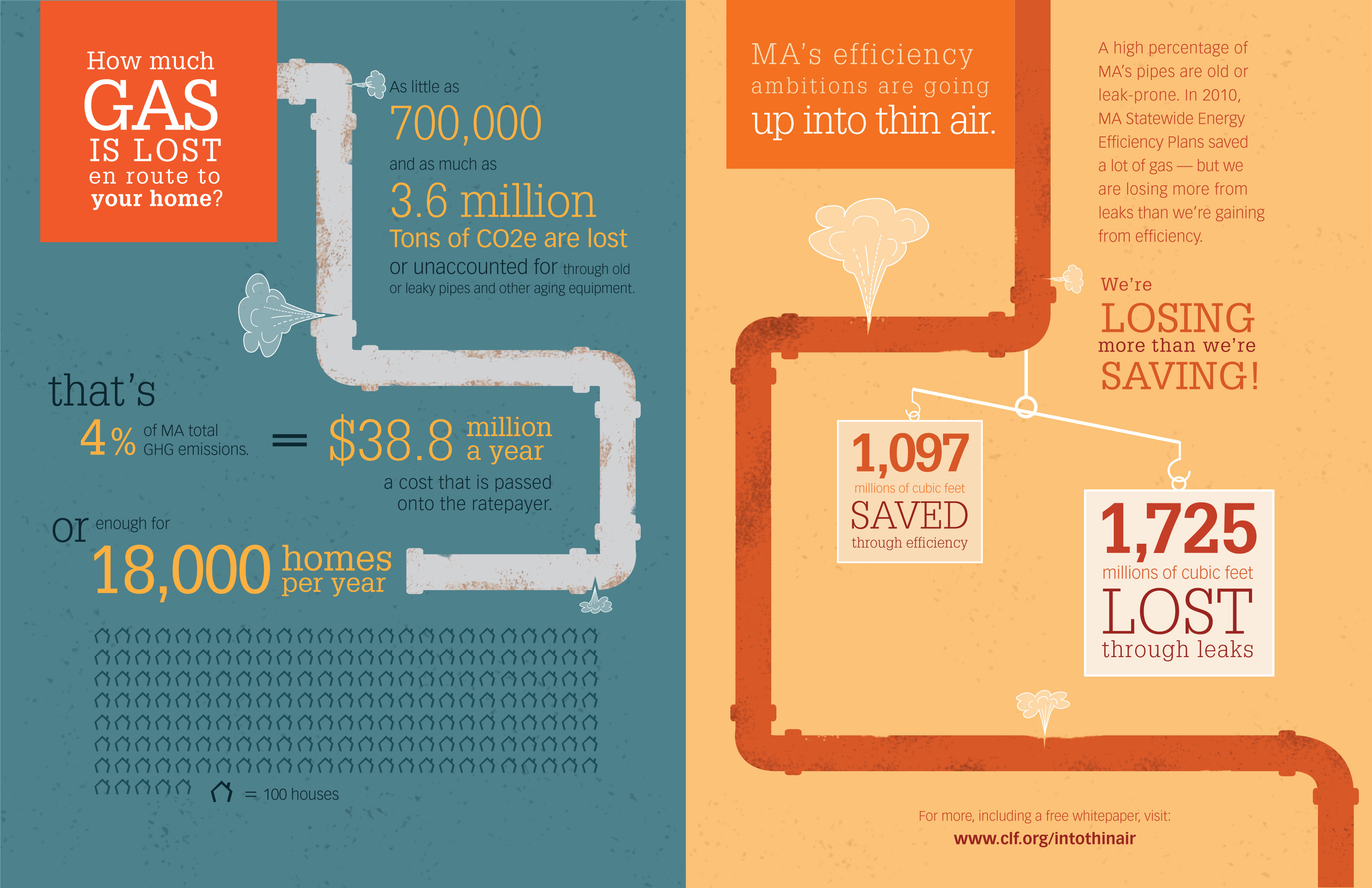Discover The Impact Of Different Weather Conditions On Your Roof Covering Setup To Make Sure A High-Grade Work
Discover The Impact Of Different Weather Conditions On Your Roof Covering Setup To Make Sure A High-Grade Work
Blog Article
Material By-Jantzen Oh
When it concerns roofing system installments, the climate can make or break the job. Envision the disappointment of handling products that won't work together as a result of extreme heat or battling slippery surfaces triggered by unanticipated rain. Comprehending the effect of climate condition on your roofing task is essential for a successful end result. So, allow's check out how various weather condition components can affect the top quality and toughness of your roofing system installment, making certain a job well done.
Influence of Temperature Level on Roof Setup
When it comes to roofing setup, temperature plays an important function at the same time. The perfect temperature level for roof tasks normally falls in between 45 and 85 levels Fahrenheit. Extreme heat can create products like roof shingles to end up being as well flexible, resulting in potential damage during setup. On the other hand, cold temperature levels can make products breakable and susceptible to splitting. It is necessary to set up roofing system installments during modest temperature levels to guarantee the best end result.
During colder weather condition, specialists might need to take added preventative measures such as using heated tools or permitting materials to heat up before installment.
On the other hand, heat might require work to be done earlier or later on in the day to avoid the peak temperatures. By considering the temperature level and its effects on roof materials, you can help ensure a successful installation that will certainly hold up against the elements for several years to come.
Effect of Rainfall on Roof Projects
Roof tasks can be substantially affected by rainfall, impacting both the timeline and the high quality of the setup. Rain or snow can produce slippery conditions, making it harmful for roofing professionals to deal with a wet surface area. Additionally, dampness can endanger the attachment of materials like shingles or underlayment, leading to potential leaks or problems in the future.
If it rains throughout a roof covering project, the water can permeate into at risk areas, causing hold-ups as the setup team have to wait on the roof covering to dry before continuing. flooring contractor can likewise promote the growth of mold and mildew and mold, further threatening the stability of the roofing.
To avoid these concerns, it's suggested to arrange roofing tasks during drier periods or keep an eye on the weather report very closely to prepare about any kind of potential rainstorms. By taking https://www.state-journal.com/sponsored/9-common-roof-issues-and-how-to-fix-them/article_7f2a50f6-c796-11eb-8265-53d556bb9f95.html to operate in desirable weather, you can make sure a smoother and a lot more effective roof covering installation procedure.
Influence of Wind Rate on Installment Success
During roof covering installment, the rate of the wind plays a critical function in establishing the success of the task. High wind speeds can posture significant challenges to roofers, possibly resulting in safety threats and quality issues. When wind rates surpass recommended limitations, it comes to be difficult to take care of products, boosting the danger of crashes and damage to the roofing products. Strong gusts can additionally impact the precision of measurements and the accuracy required for proper setup.
To ensure a successful roofing system installment, it's vital to keep track of and think about wind speeds. Ideally, roof setup ought to occur on days with low to moderate wind rates. This not only improves the safety of the workers however additionally improves the overall high quality of the installation.
Roof covering projects set up during calm climate condition are more likely to be completed effectively and with fewer mistakes. By paying attention to wind rate forecasts and preparing accordingly, you can aid ensure a smooth and successful roofing installation process.
Conclusion
So, when it pertains to roofing setup, remember to take into consideration the weather to make sure a successful work. Optimum temperature levels, completely dry conditions, and moderate wind speeds are crucial factors to focus on for a smooth installation procedure. By scheduling your task throughout the very best seasons and optimal weather, you can accomplish a long lasting and resilient roofing system that will safeguard your home for many years to come.
